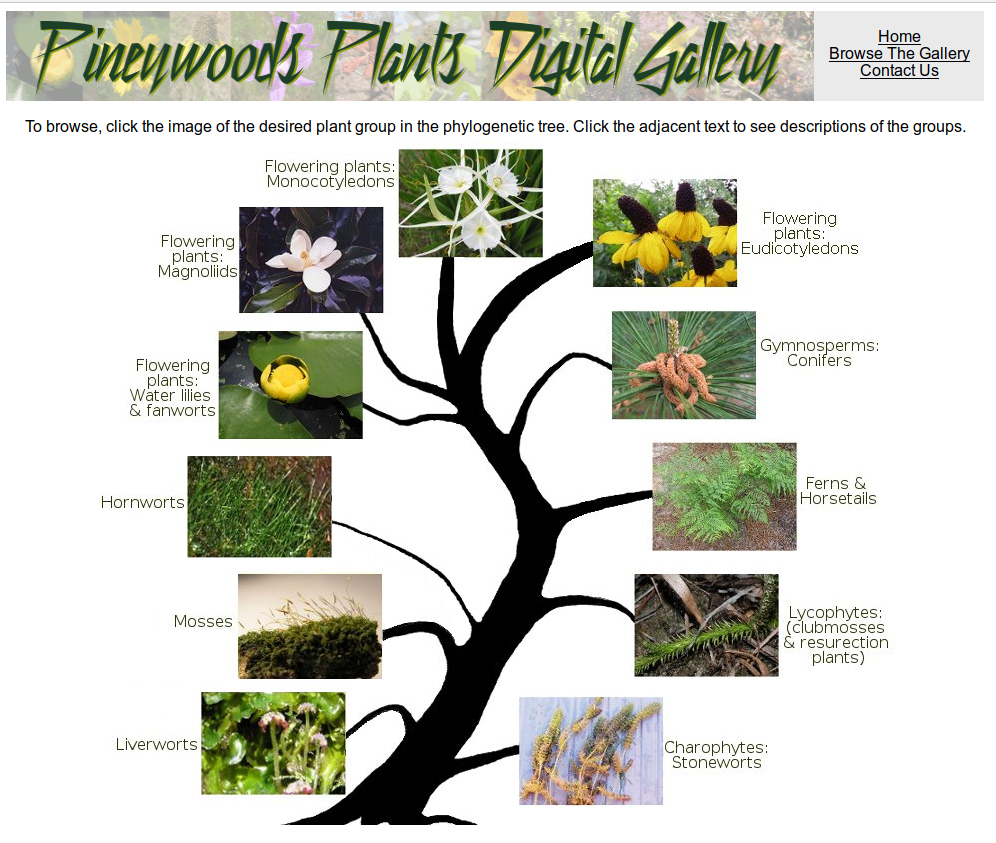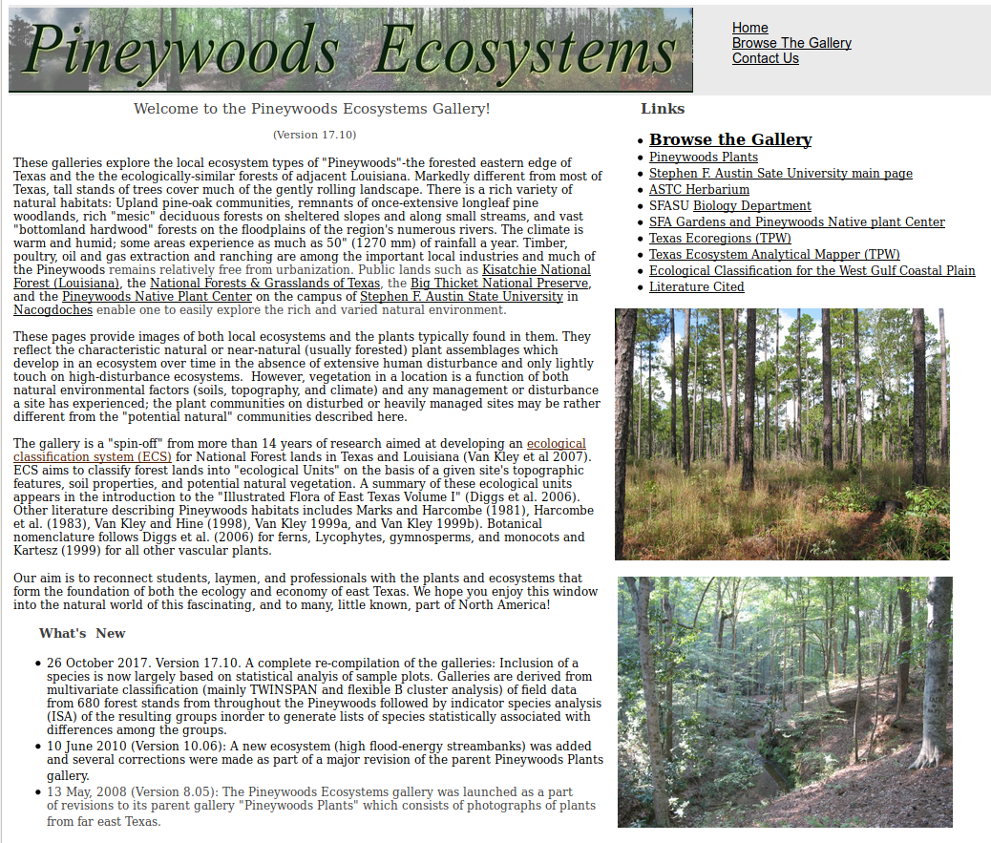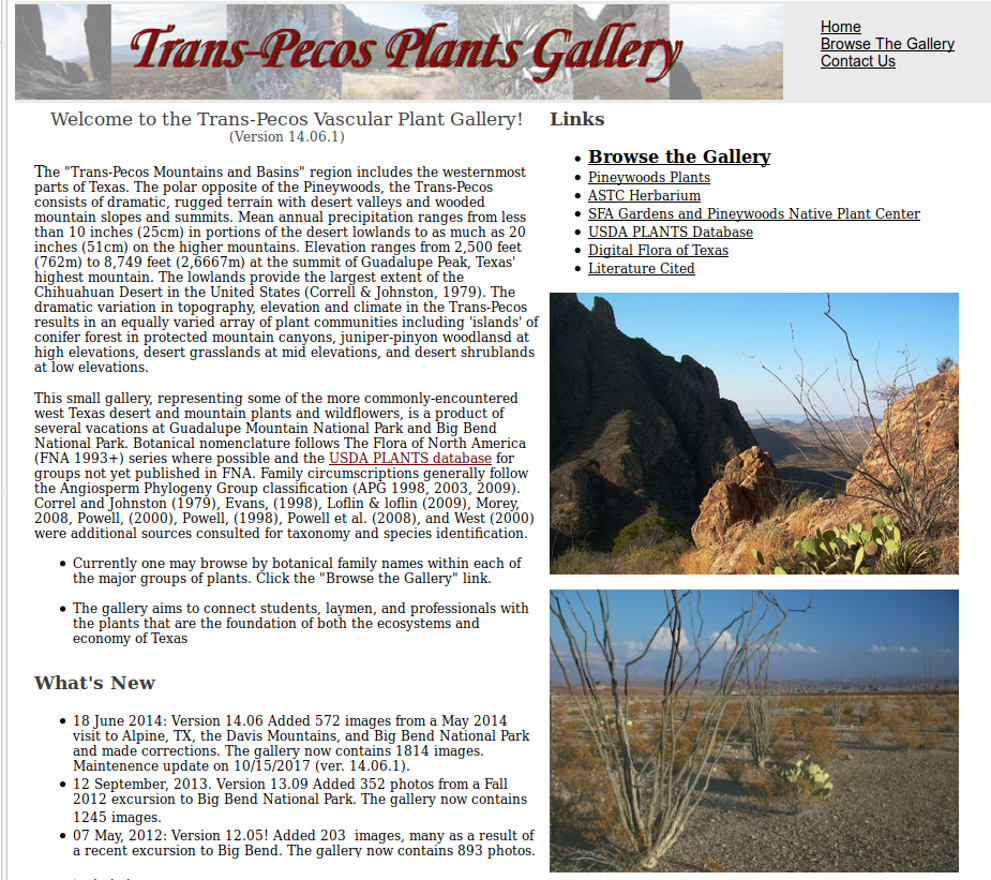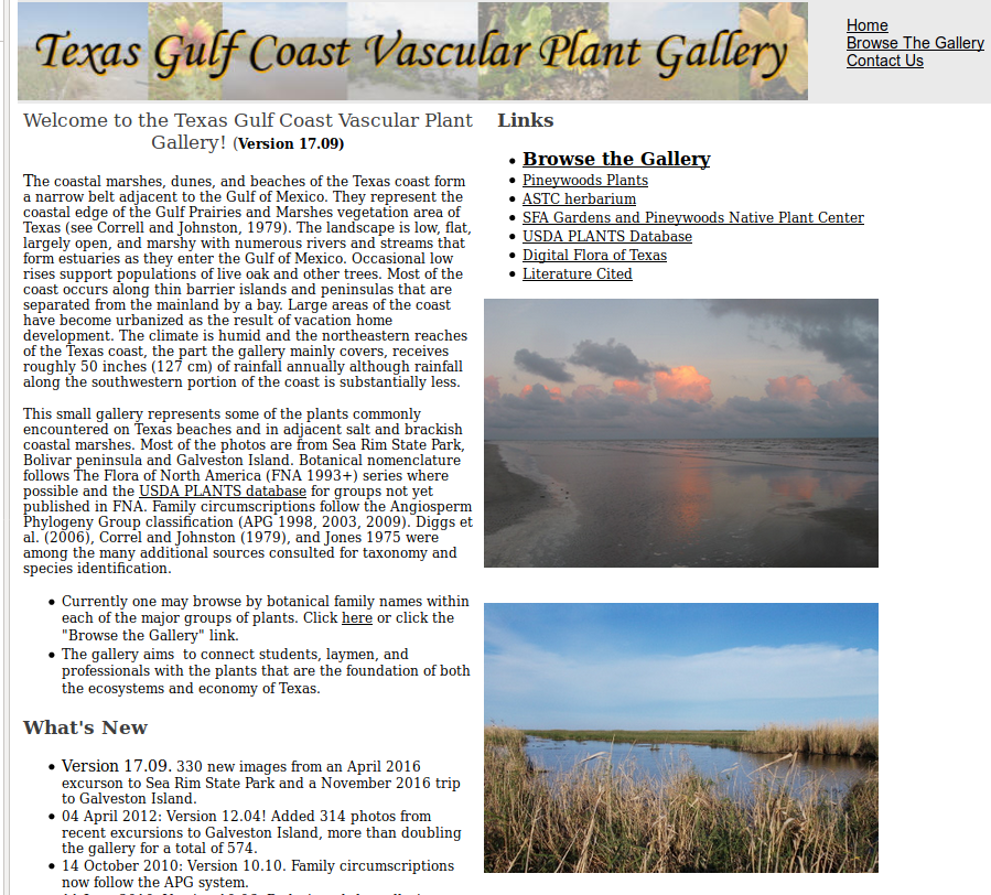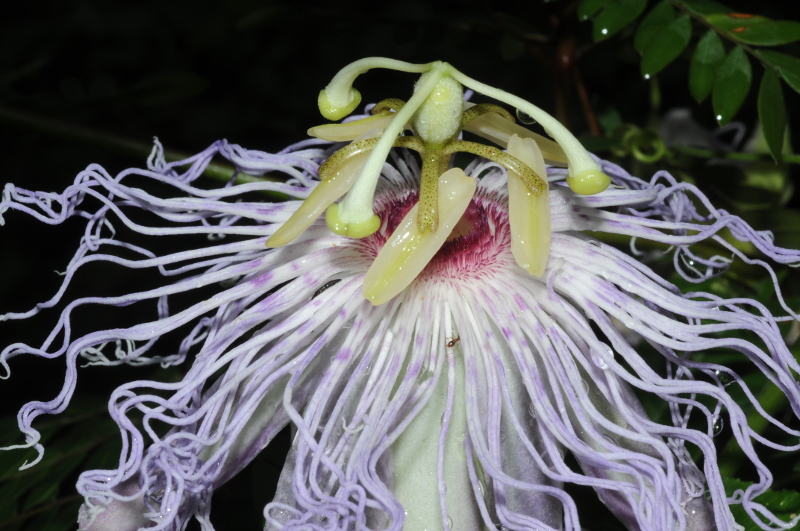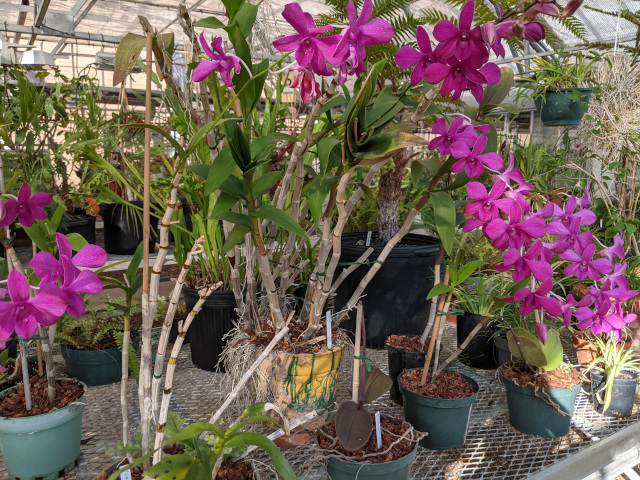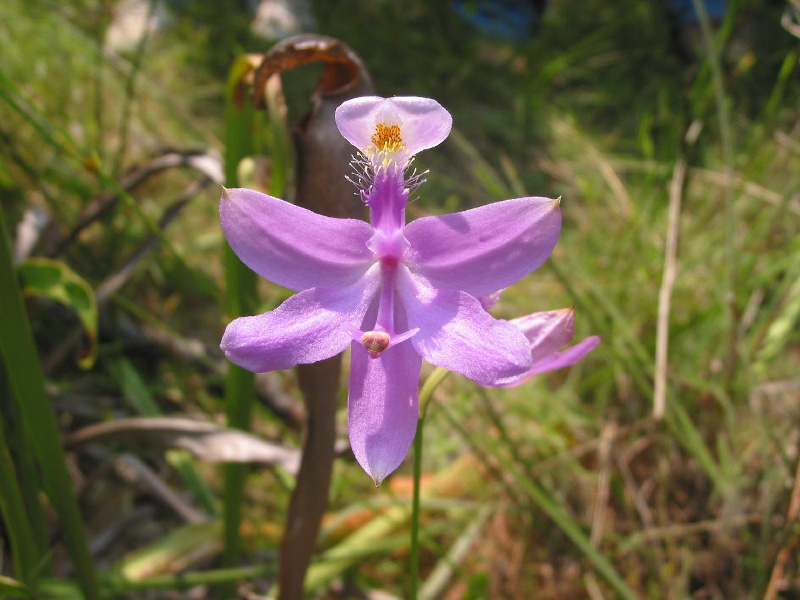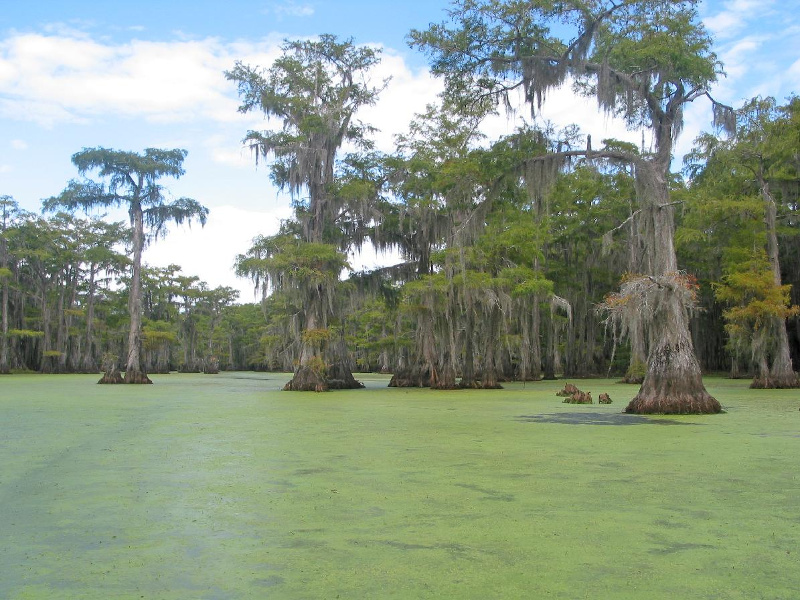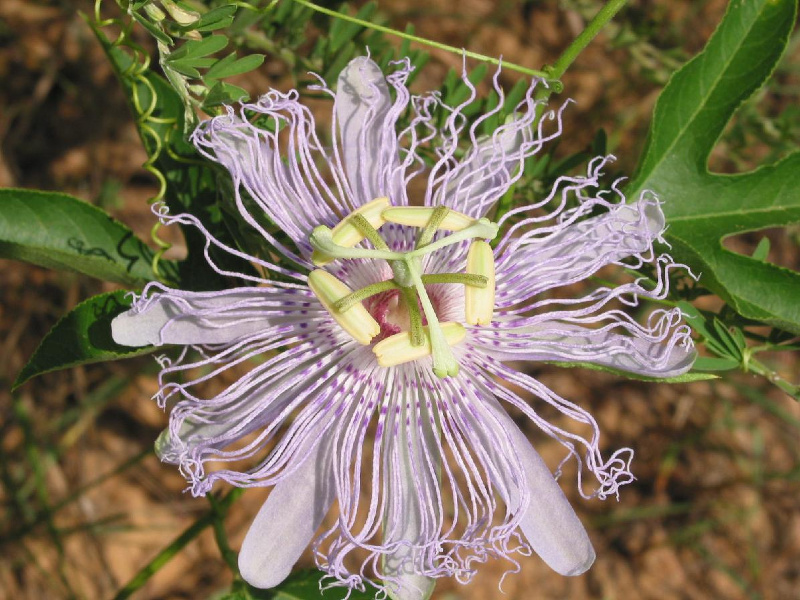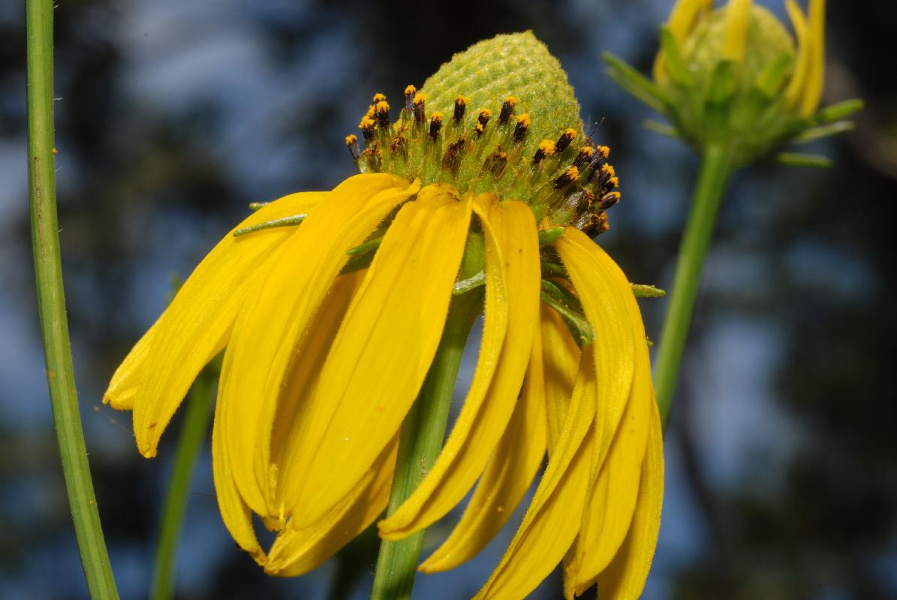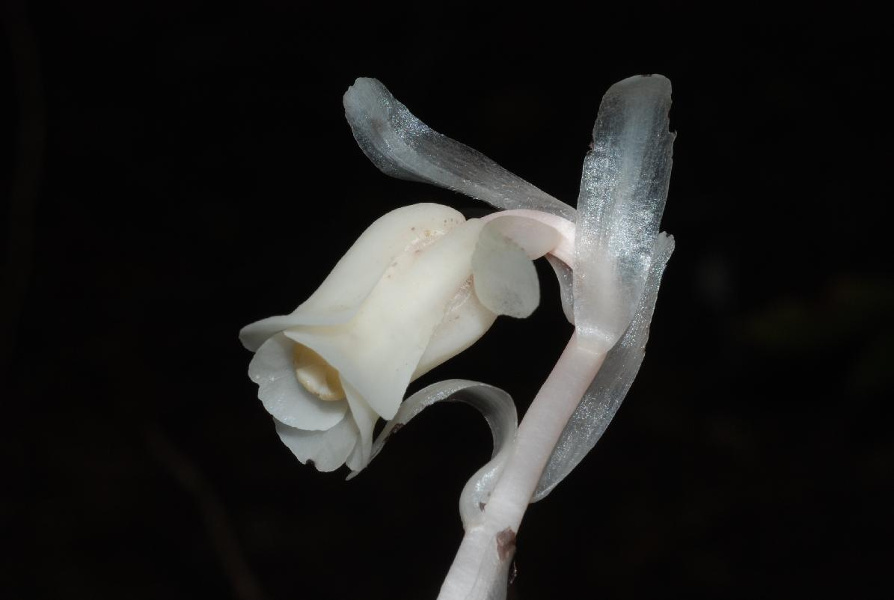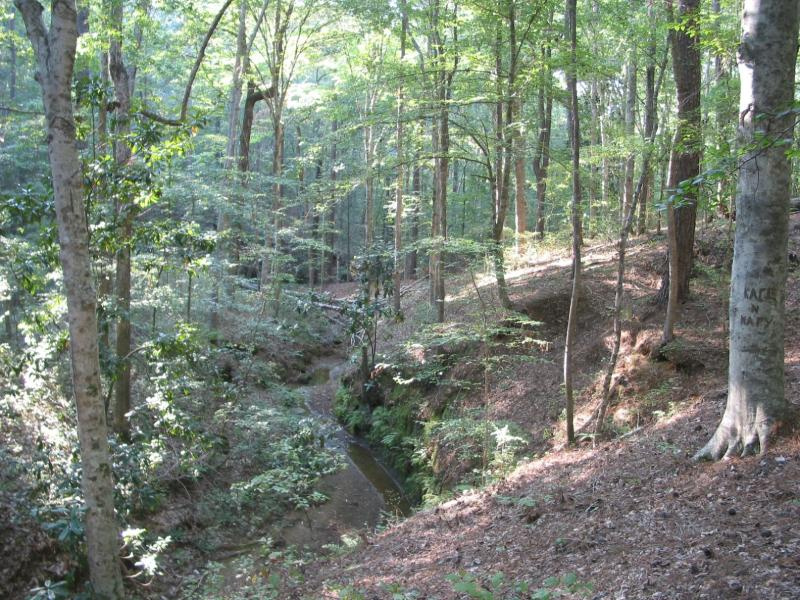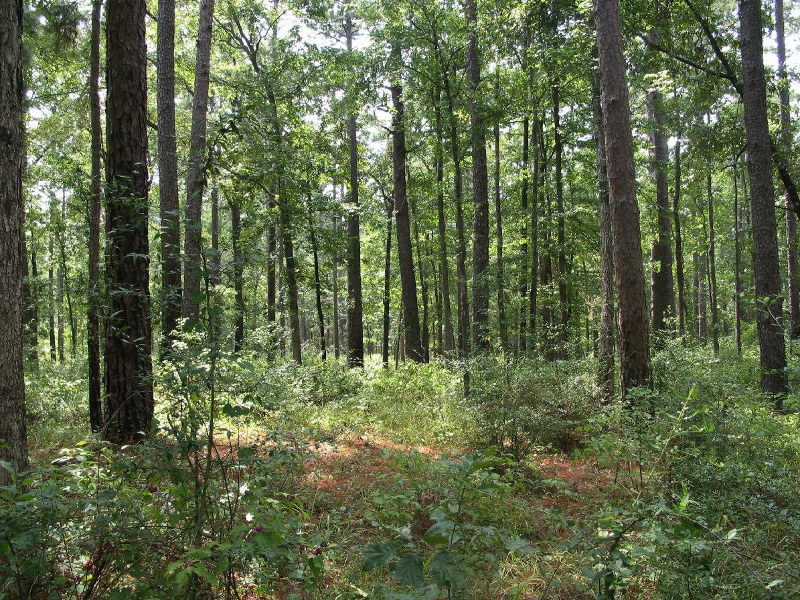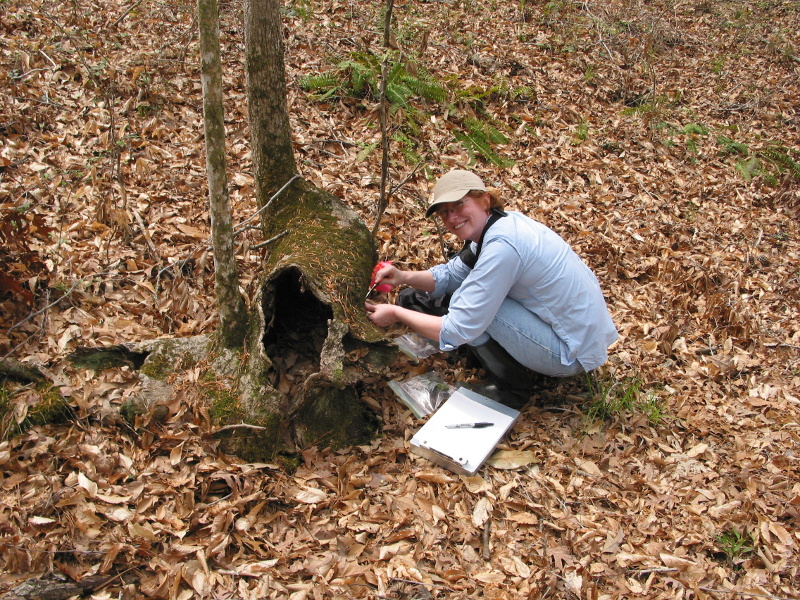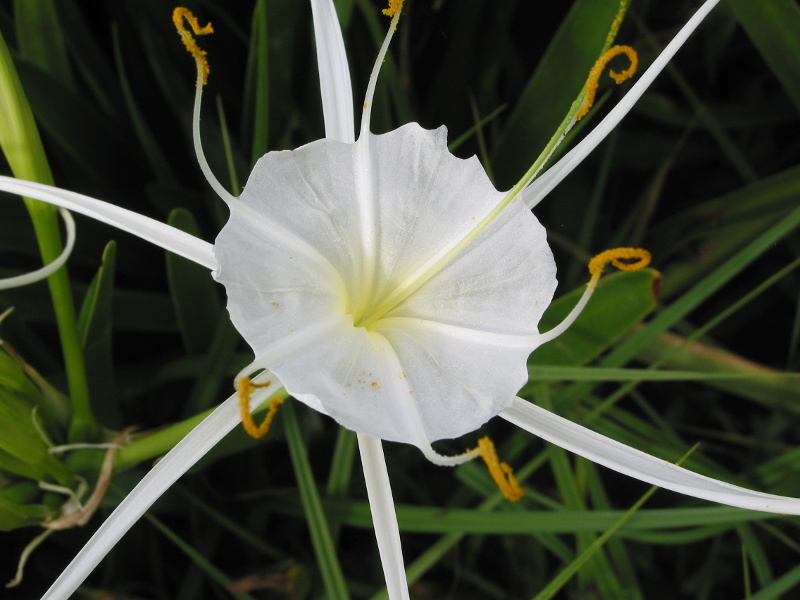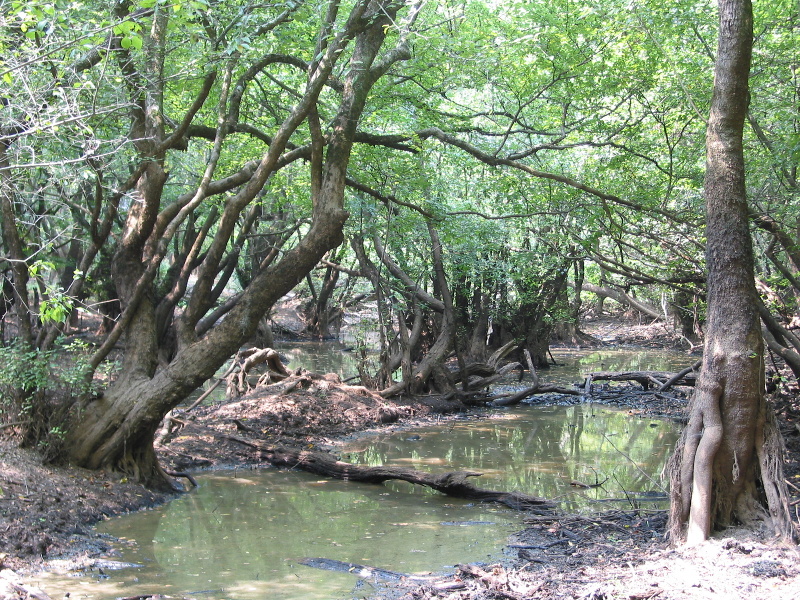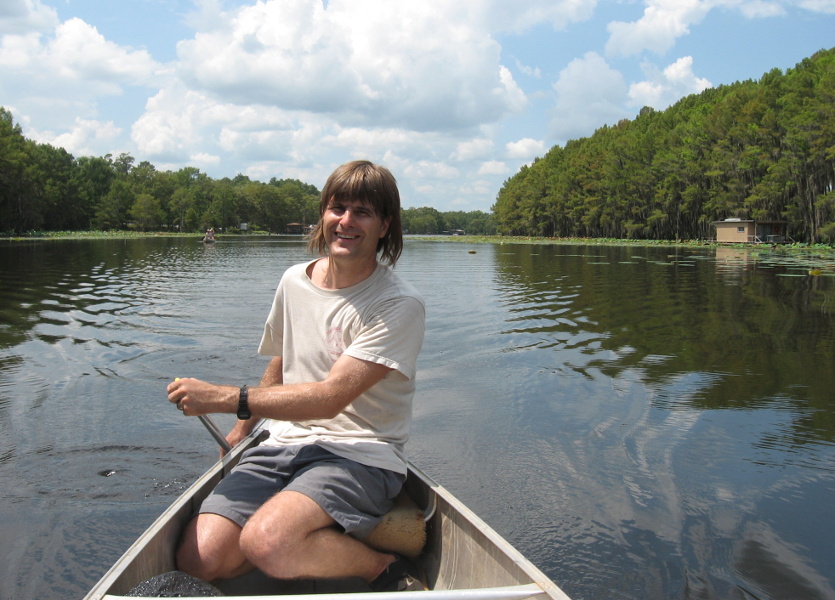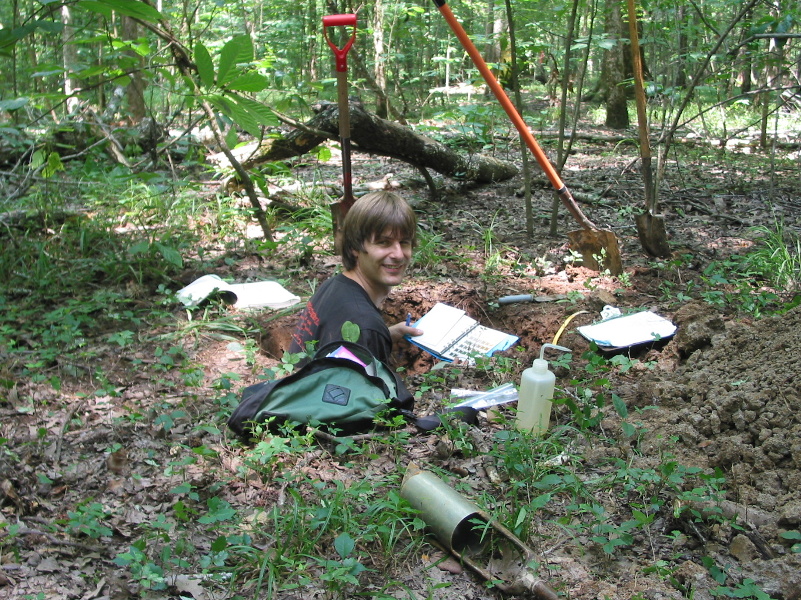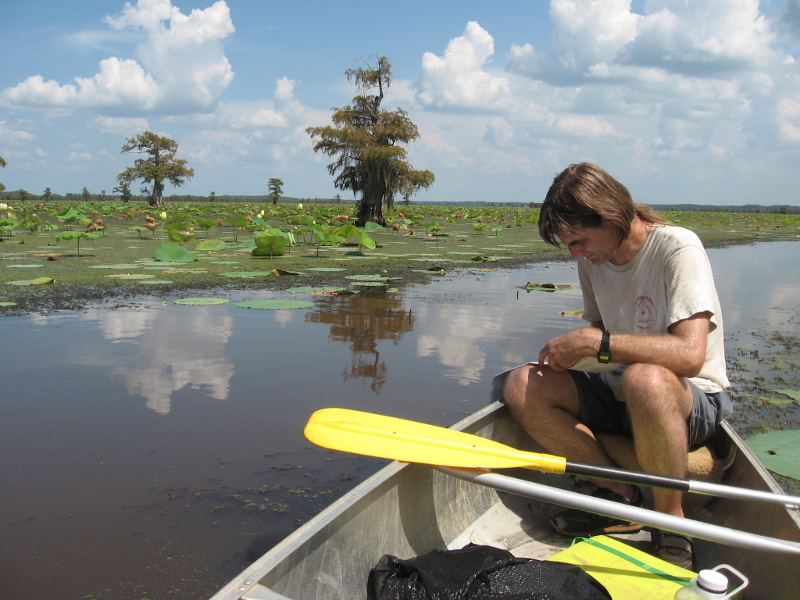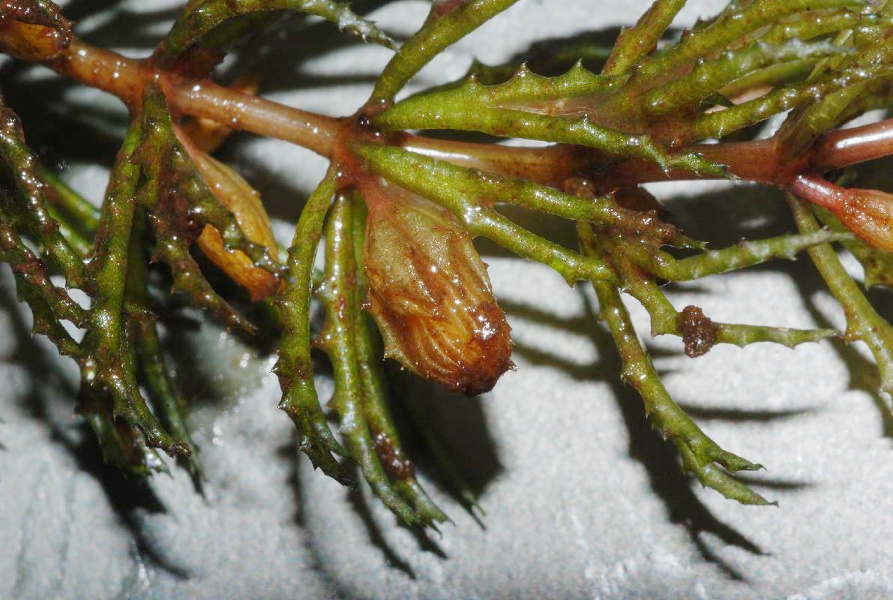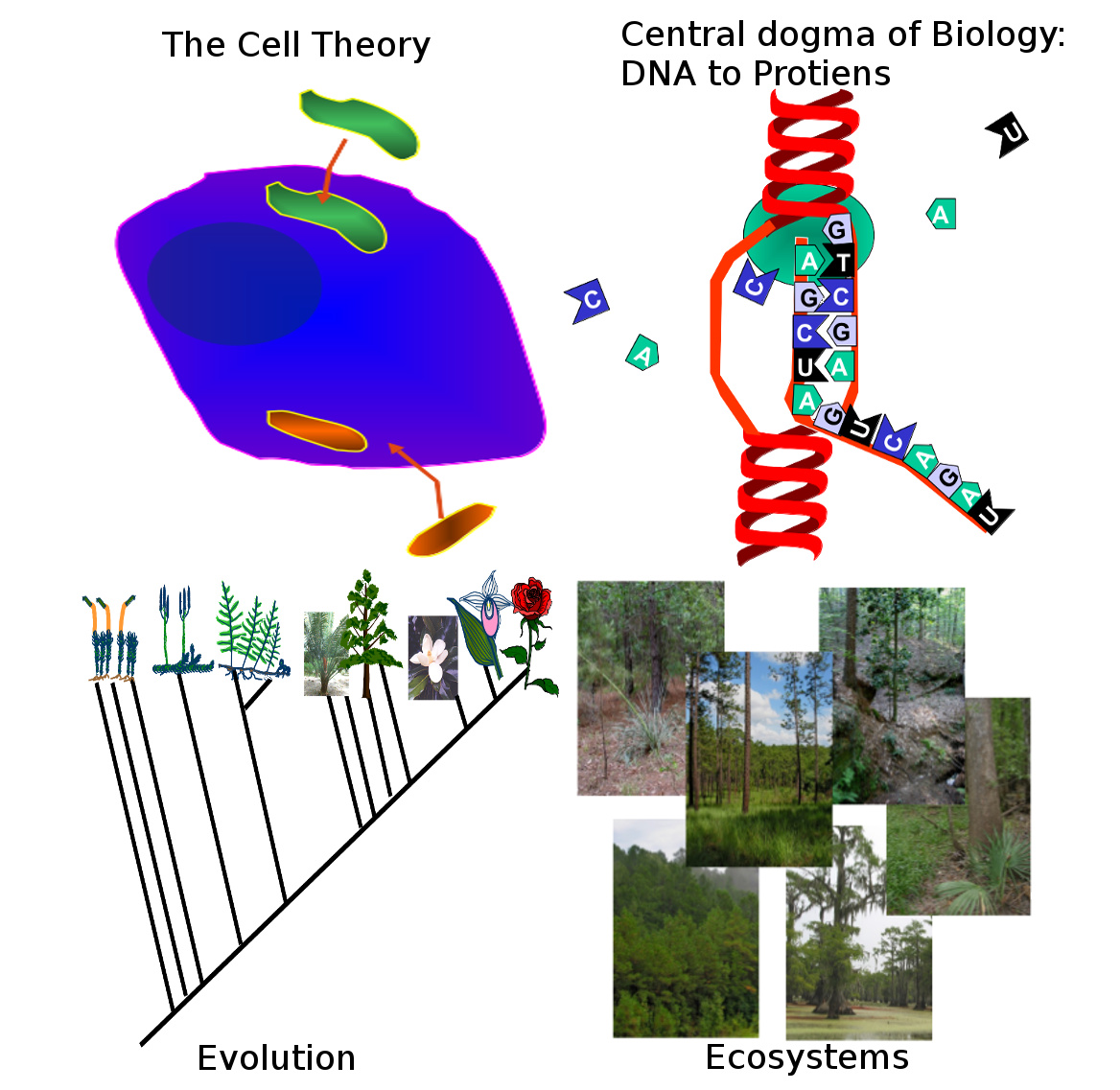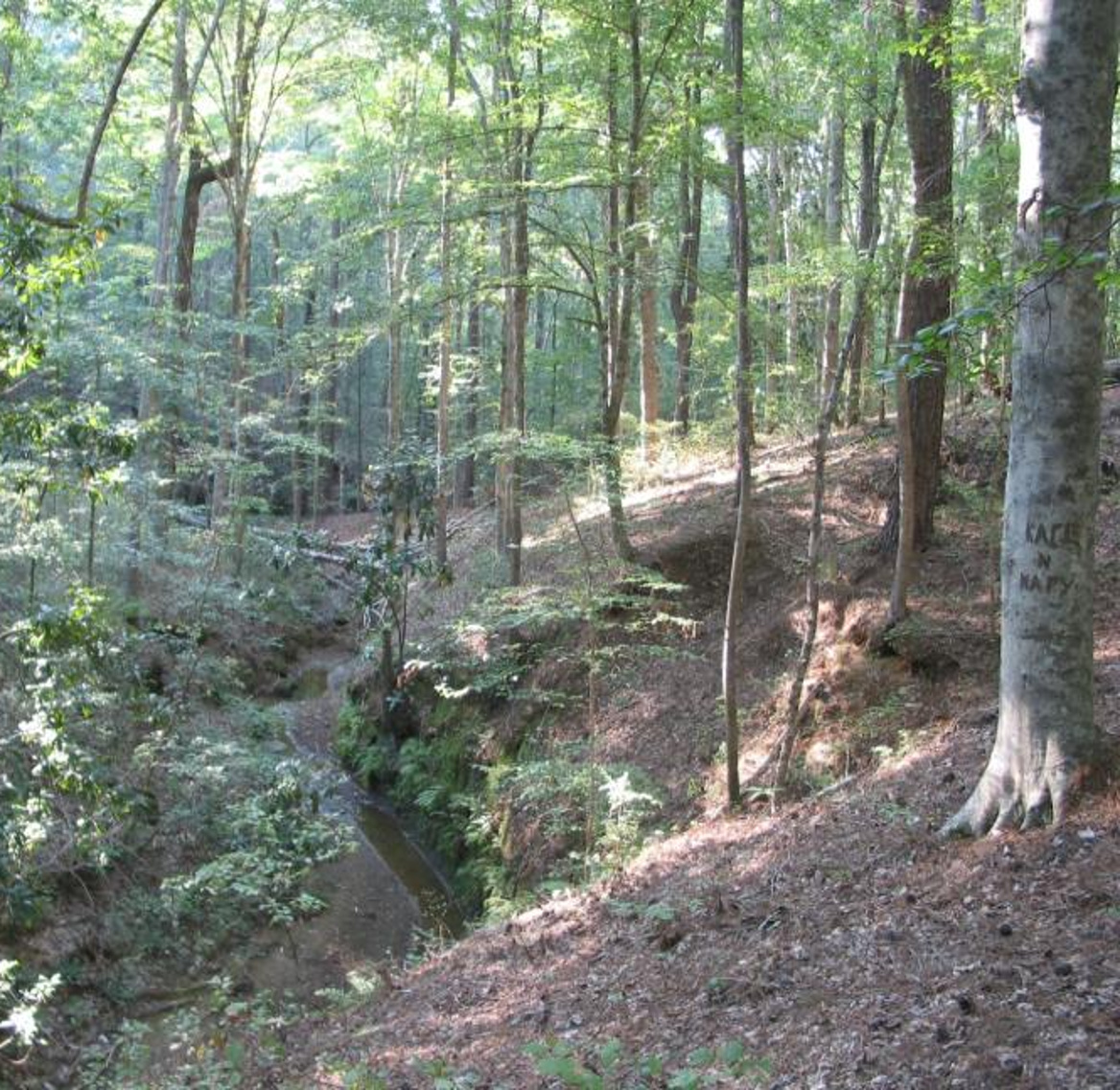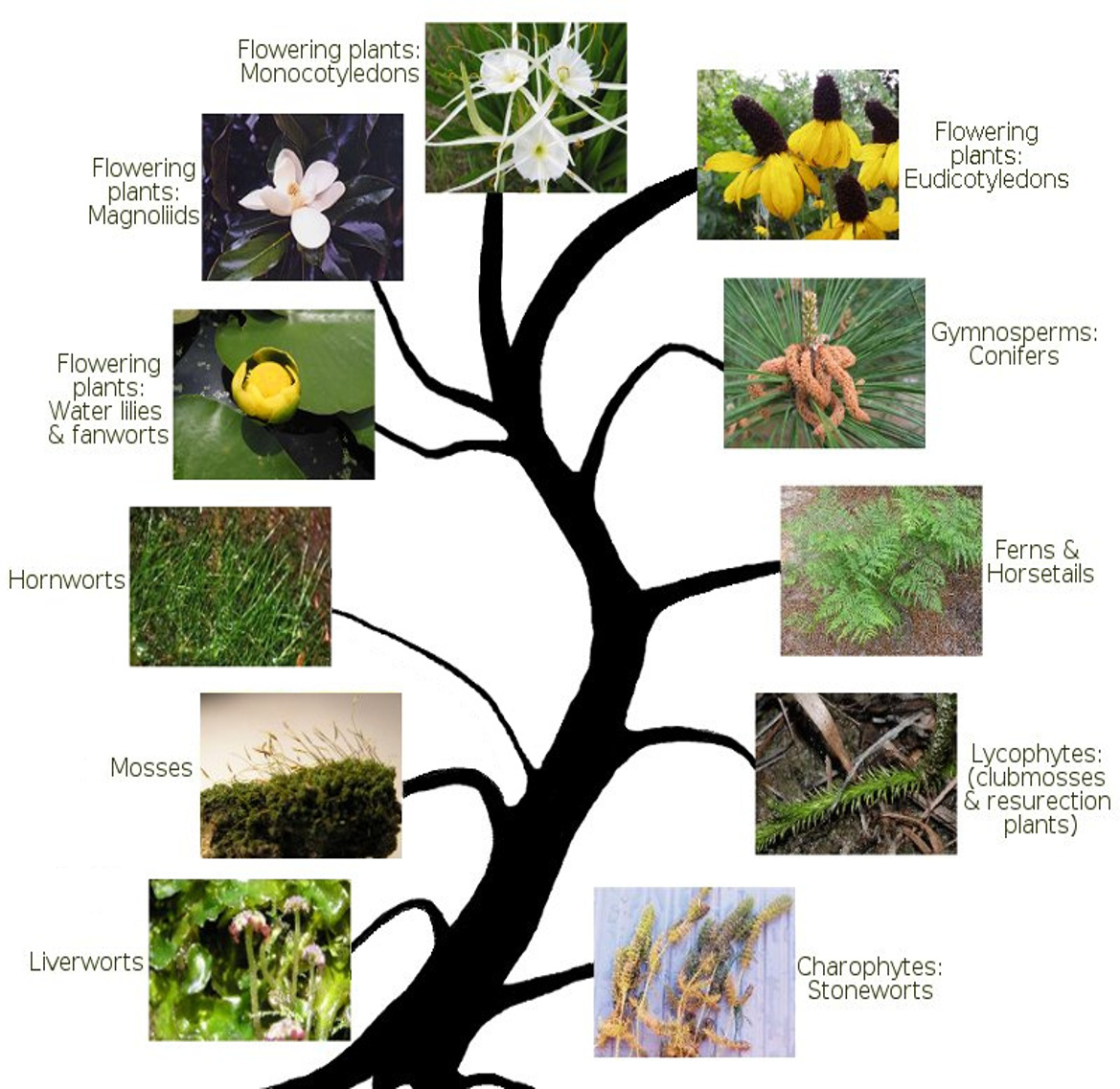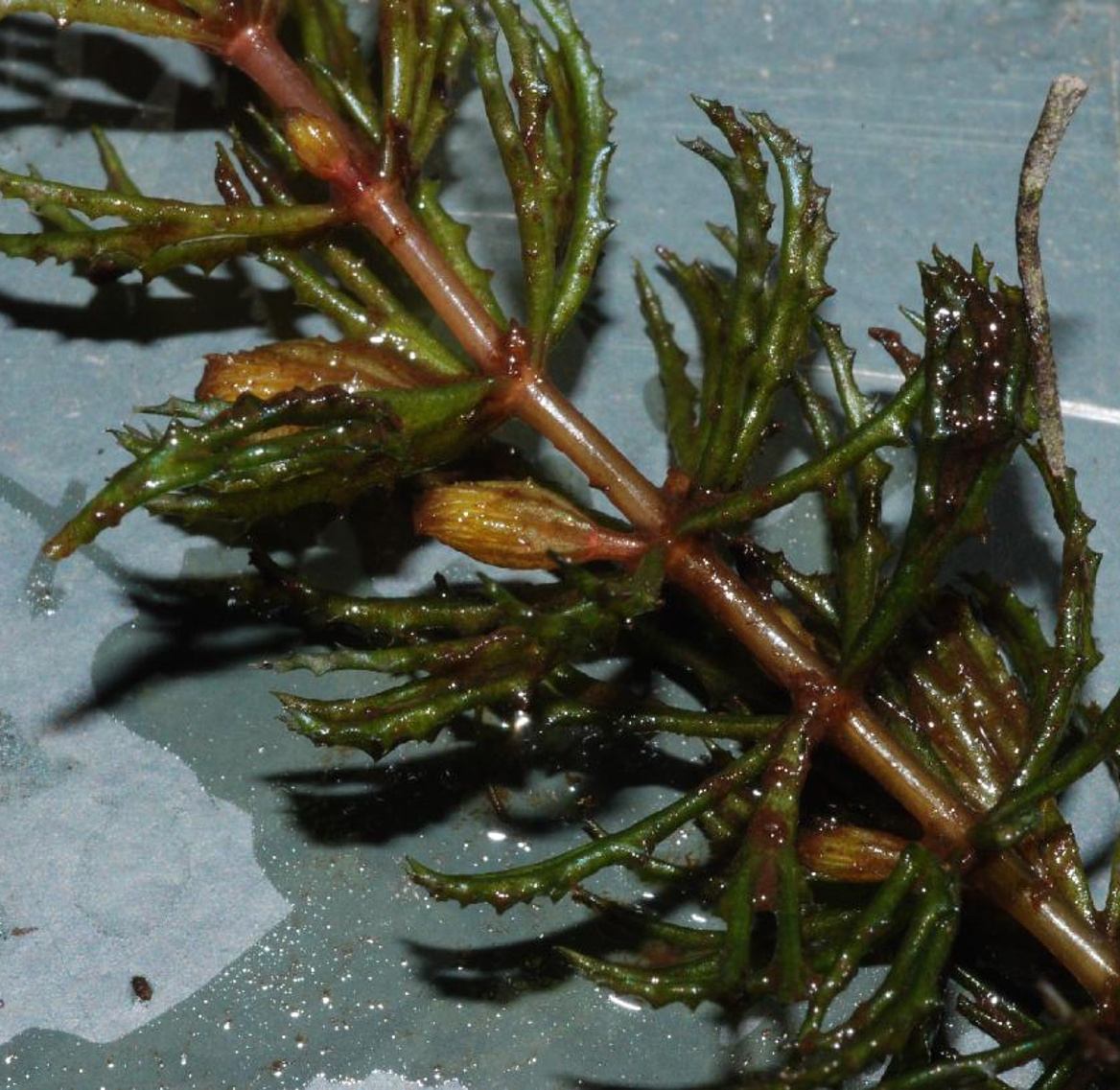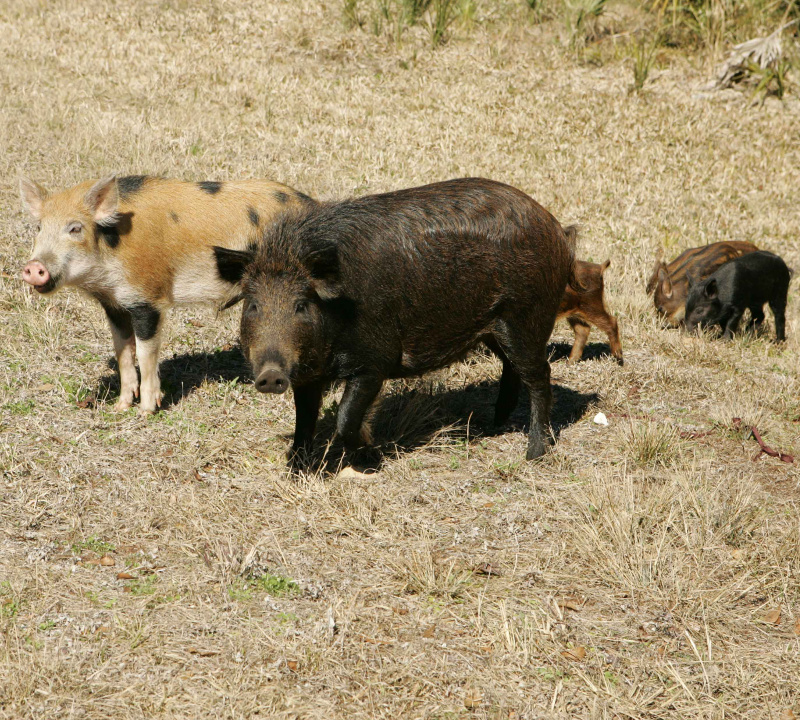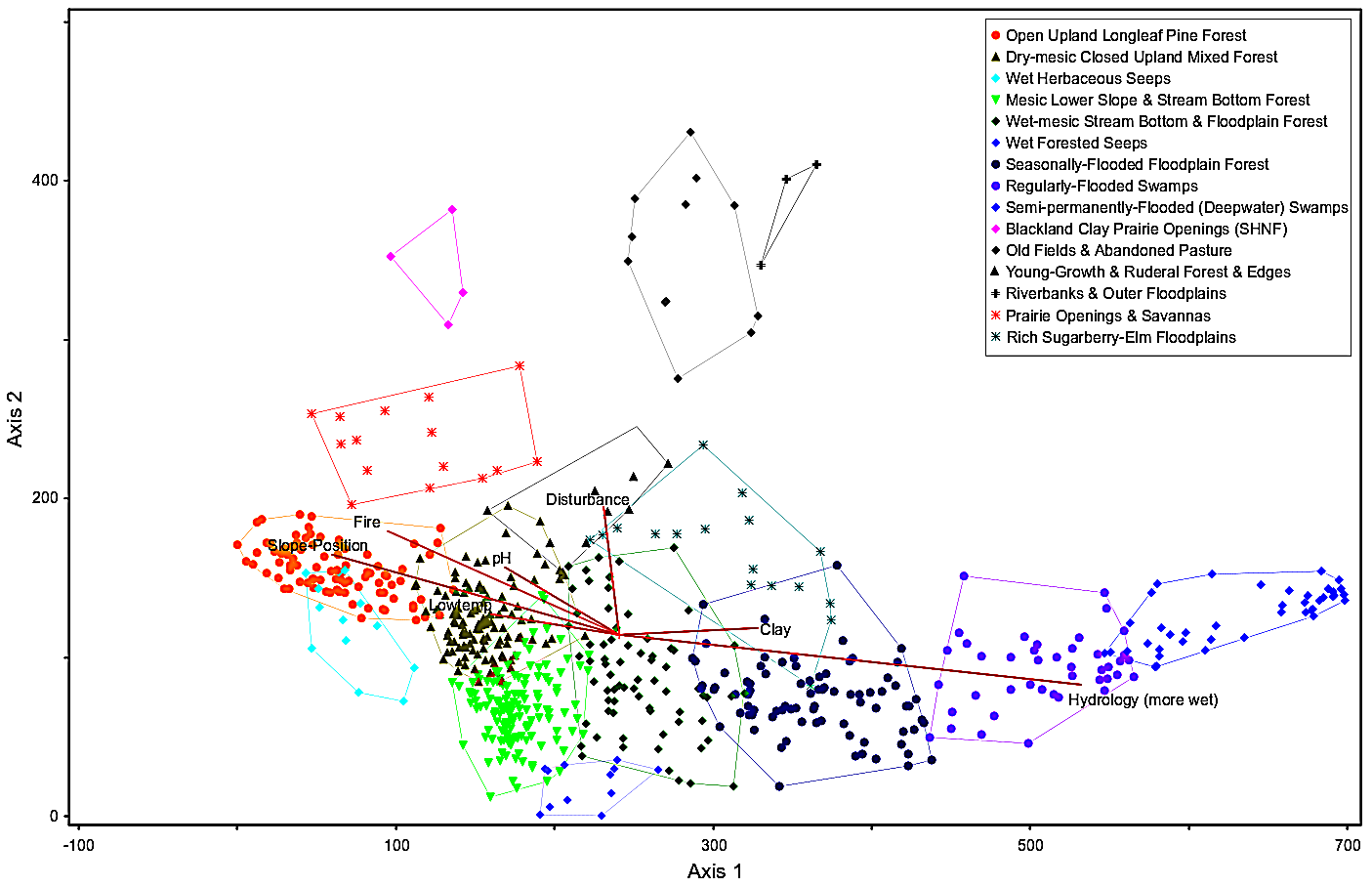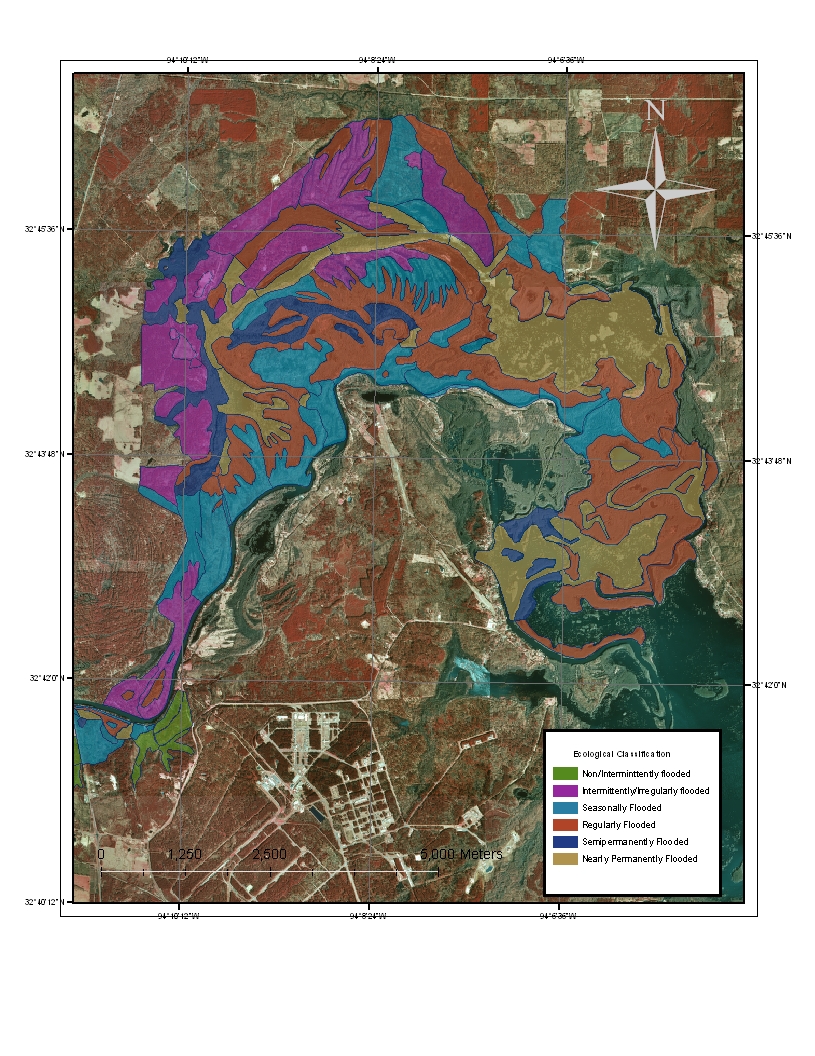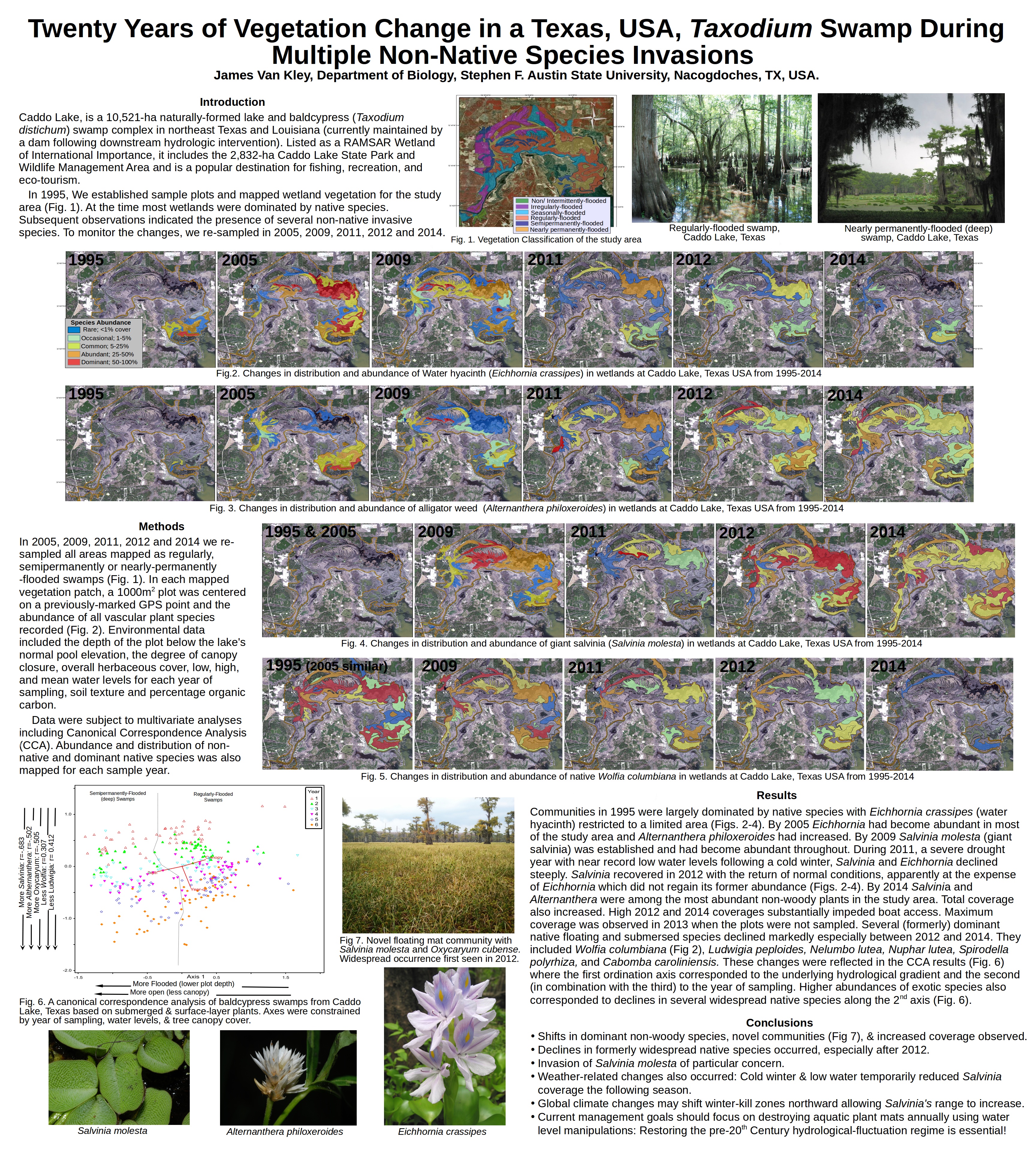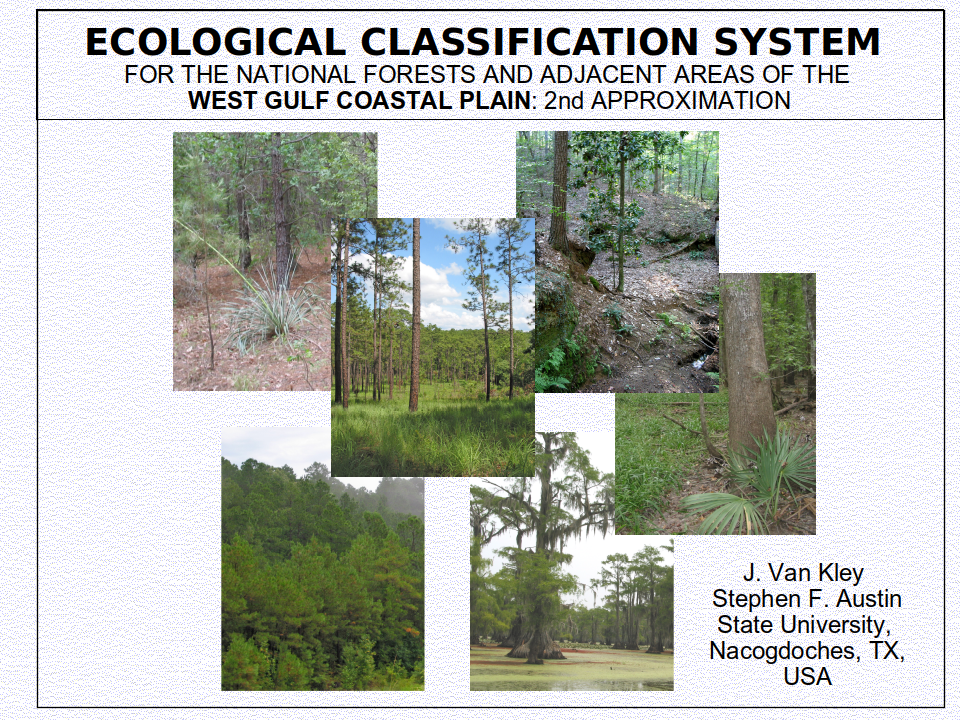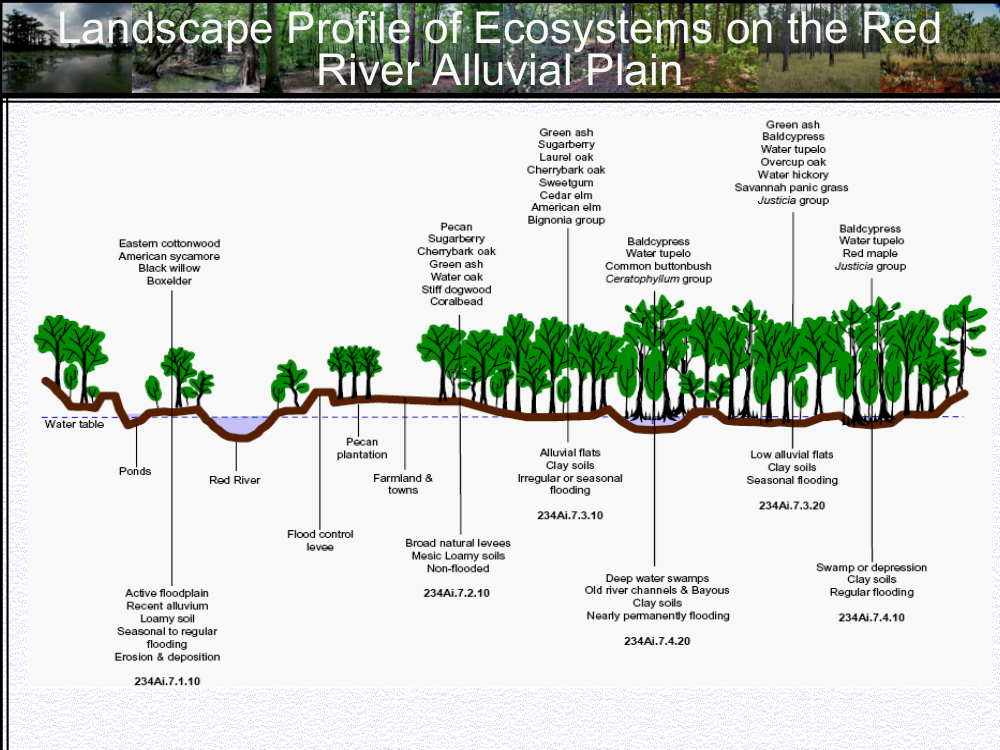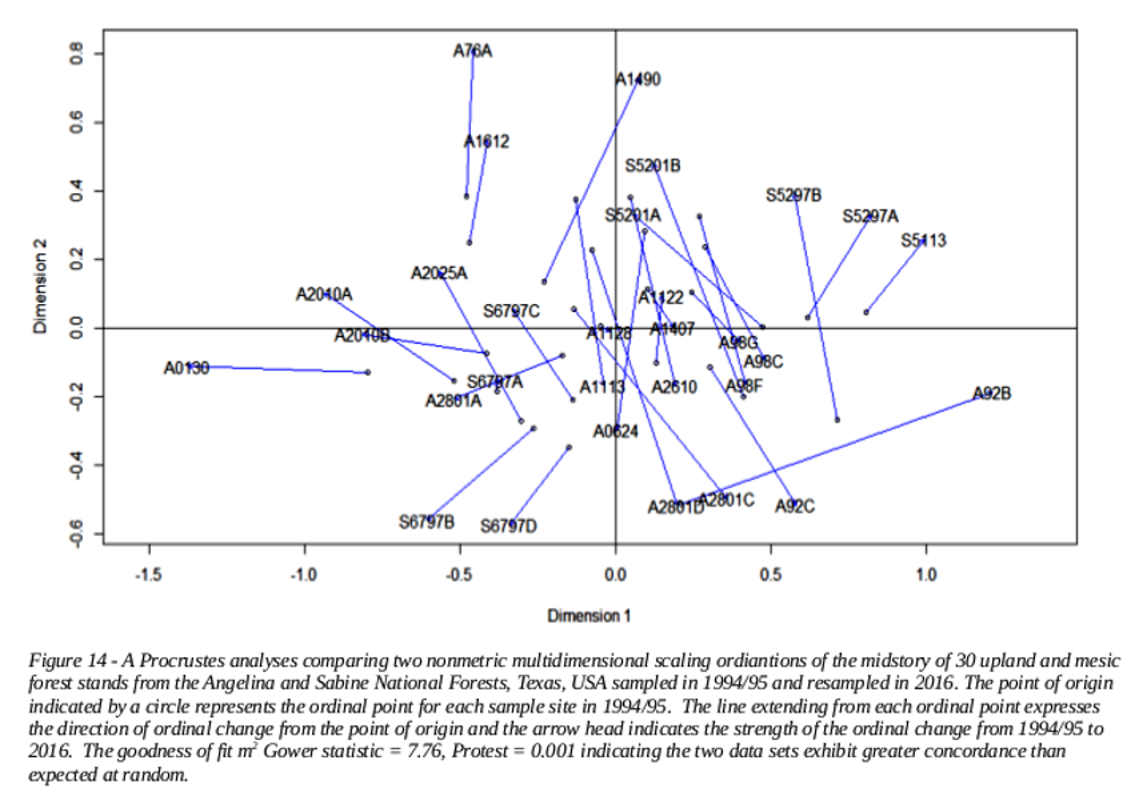

- POSITION
- DEPARTMENT
- UNIVERSITY
- SPECIALIZATION
- Professor of Biology
- Department of Biology
- Stephen F. Austin State University
- jvankley@sfasu.edu
- Vegetation Ecology
- Wetland Ecology
- Floristic Botany
I was born in Chicago and grew up in Grand Rapids Michigan USA where I attended Calvin College. I spent a year as an agricultural volunteer in Nigeria, West Africa before continuing my education with an MS in Biology from Central Michigan University and a PhD in Forest Ecology from Purdue University, After completing my PhD in 1993, I took a position at Stephen F. Austin state University (SFASU) in the east Texas Pineywoods. I teach both undergraduate and graduate courses in areas including general biology, botany, local flora, plant systematics, plant ecology, and wetland ecology. My research interests include description and analysis of the natural vegetation and ecosystems of the Texas Pineywoods and the West Gulf Coastal Plain (USA) the impact of invasive species such as giant salvinia on local wetland ecosystems, changes over time in permanent plots in local forest ecosystems, and floristic botany. In addition I curate the Biology Department's ASTC herbarium and maintain the 'Pineywoods Plants Digital gallery' (a pictorial documentation of the local east Texas flora) along with several other related galleries. My research can be broadly summed up as "What grows in the woods and why". I am actively recruiting graduate students. If you are interested in joining my lab please contact me and apply with the Graduate School (www.sfasu.edu/graduate/) at Stephen F. Austin State University.
Beyond school, my interests include exploring Nature, botanical photography, music, gardening, mountain biking, hiking, canoing, and other outdoor activities.
CV
